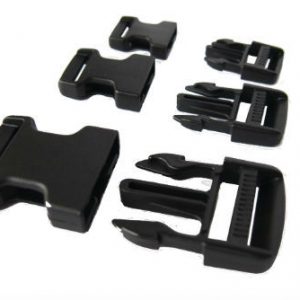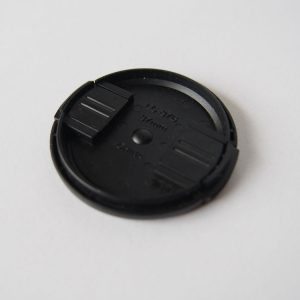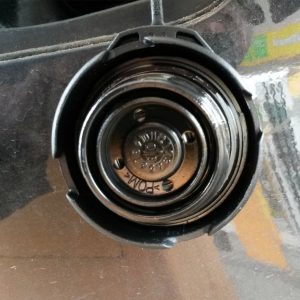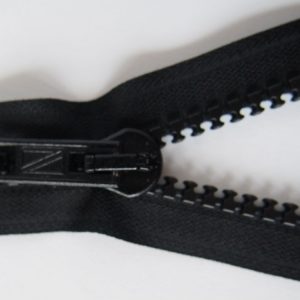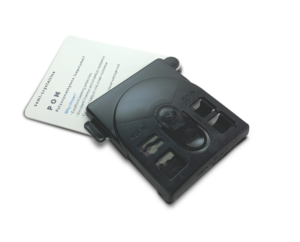
Polyoxymethylene, often called Acetal, is one of the key engineering plastics. Among plastic materials, it is one with the most crystalline structure. Acetal is a good choice if low friction and good creep/fatigue resistance are required.
There are two types of POM: homopolymer (POM-H) and copolymer (POM-C). The difference between the two is not considerable. It is explained in this article by Hardie Polymers. The Plasticprop sample is a POM-C copolymer type.
Why choose POM?
- Excellent bearing properties
- POM has good fatigue and creep-resistance. POM is usually selected as the material for plastic springs, although any prolonged tension of the spring can not be recommended.
- Retains its properties well in temperatures significantly below zero.
- Excellent chemical resistance
Why not choose?
- High shrinkage easily leads to warpage and dimension inaccuracy.
- Due to small friction co-efficient, POM can be slippery to touch which can be a problem if you intend to use it for a handle.
- Wear resistance is limited, although it is commonly mentioned as a strength of the material.
- The surface appearance of POM components is typically oily.
- POM is flammable; fire-retardant grades are difficult to find.
Typical applications:
- Petrol tank lid in a car
- Backpack snap harnesses
- Plastic zippers
- Pulley wheels
- Gears
By examining the Plasticprop sample made of POM, you can draw for example the following conclusions:
- Grip the sample tightly – you will notice how slippery it is compared with any other sample in the kit. POM makes for good bearing material.
- When comparing the POM sample with glass-reinforced samples in particular, you can see that it is smaller. The shrinkage of POM is substantial.
- Considerable corner effect and the slight distortion characteristic of semi-crystalline plastics can be noticed. The sink marks caused by ribs are also clearly distinguishable.
- The filling window is almost completely filled; POM is more fluid than most other plastic materials. The fluidity also depends on the product grade used.
- If you stress the sample’s creep indicator for several hours, you will see that POM also suffers from creep, even though it is known for its excellent creep resistance.
- The sample surface is relatively clean, but ‘splashes’ typical for POM can be noticed around the injection point.
- The surface of POM feels greasy. Printing on POM is difficult – test this by carefully scraping the stamp on the upper edge.
- Scratches, especially on the rougher spark-eroded surface side, accompany smaller draft angles. This is somewhat surprising because you would expect POM to shrink apart from the scratching mould surface. Fair draft is recommended.
- The integral hinge fills up and even functions for a short time before breaking off. For example, as an element facilitating assembly, the hinge could still function.
- If you freeze the sample overnight, its feeling hardly changes. The properties of POM are maintained well at low temperatures.

